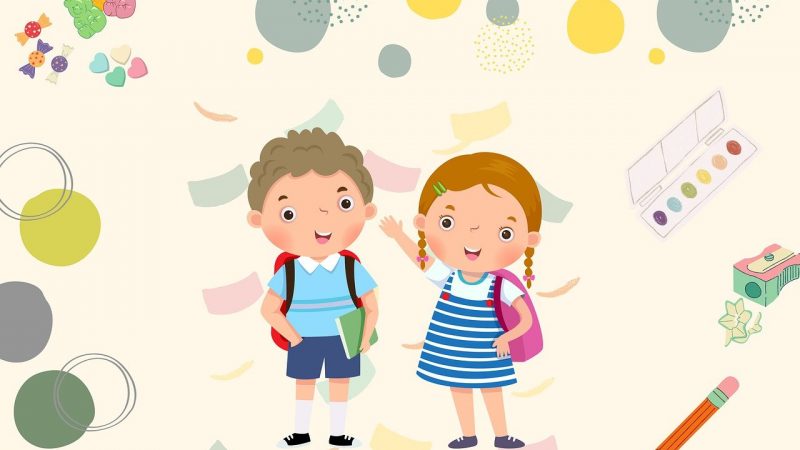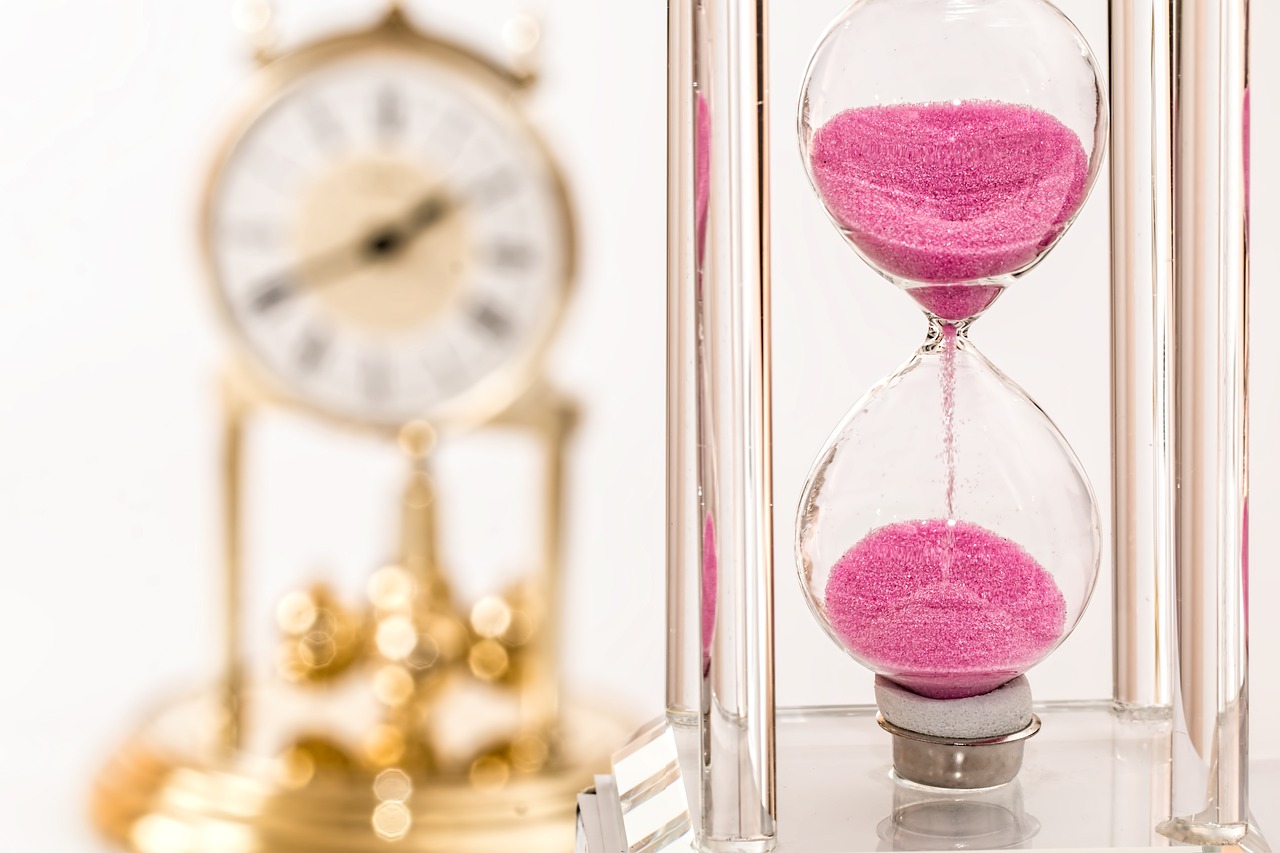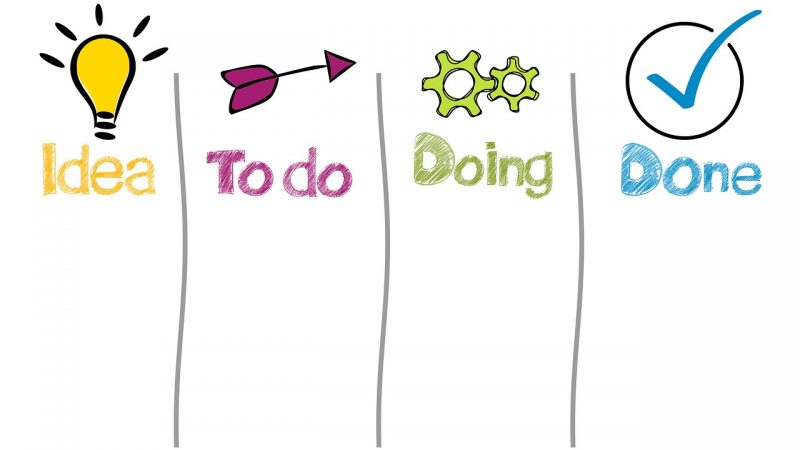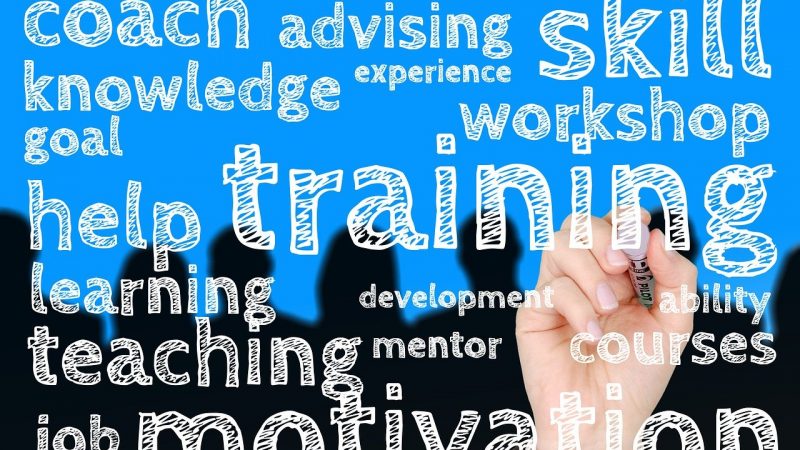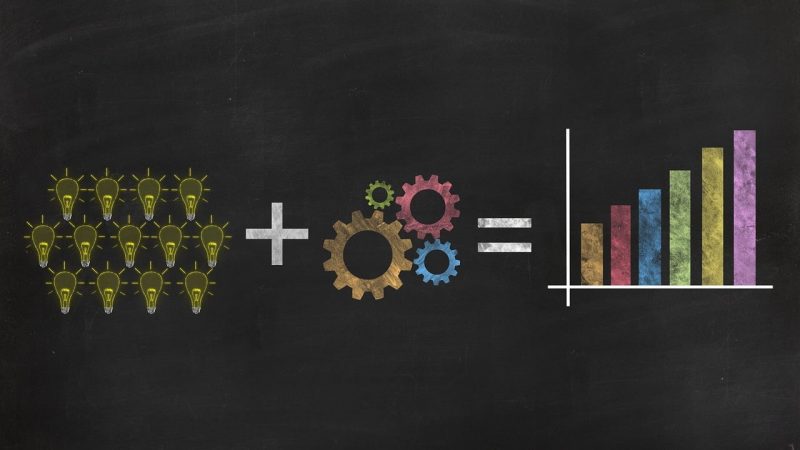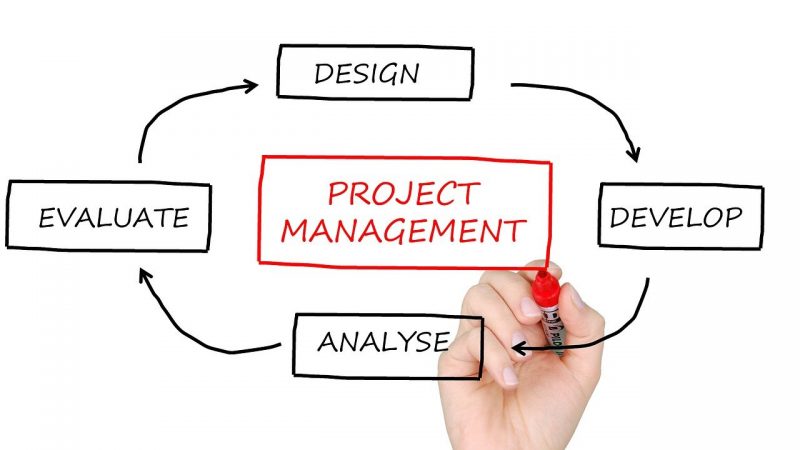Group work plays an integral role in modern classrooms, allowing students to develop teamwork skills and collaborative mindsets. However, creating groups that function cohesively can be challenging. Without careful composition, teams often struggle with friction and imbalance.
Personality assessments offer a valuable tool to build balanced, high-performing student groups. Analyzing team roles and traits enables more strategic grouping aligned to members’ strengths. Assessments like Myers-Briggs, DISC, and group role inventories provide data-driven insights to engineer effective teams.
In this comprehensive guide, we explore how personality tests can optimize student grouping for cooperative learning. Teachers will gain an actionable framework for using assessments to engineer roles, balance traits, foster diversity, and boost group cohesion. Let’s examine why personality matters in team composition and how assessments can guide better grouping.
The Role of Personality in Student Group Work
Why does personality composition impact the functionality of student groups? At its core, teams with complementary traits, working styles, and defined roles simply perform better.
Different personality types bring diverse perspectives that enrich collaboration and limit groupthink. Outgoing students can facilitate communication while analytical members focus on problem solving. Students preferring structure balance flexible classmates.
Without strategic assembly, groups often concentrate similar dominant traits and struggle with gaps in critical roles. Too many passive students may withhold ideas while overly vocal members dominate. Groups lacking clear organization flounder.
Careful grouping provides a mechanism to engineer balance, ensuring all necessary roles are filled and diverse traits accommodate one another. This prevents redundant strengths or overlapping limitations that undermine cohesion.
Additionally, aligning assignments to personalities and abilities allows students to showcase their capabilities. Mismatched tasks and team members generate tension. Groups function best when individuals capitalize on their aptitudes.
With intentional engineering grounded in personality insights, teachers can facilitate harmony, engagement, and collaboration. Assessments uncover data to strategically compose groups primed for cohesion and excellence.
Top Personality Assessments for Students
Many personality frameworks and assessment tools exist to guide student grouping. Let’s explore some of the most relevant options:
Myers-Briggs (MBTI)
The Myers-Briggs Type Indicator identifies personality across 4 dichotomies: Introversion/Extraversion, Sensing/Intuition, Thinking/Feeling, Judging/Perceiving. These preferences shape learning styles, interaction modes, and work habits. MBTI helps balance preferences.
DISC
DISC profiles personalities across 4 tendencies – Dominance, Influence, Steadiness, and Conscientiousness. DISC balances and aligns group roles like motivator, implementor, analyzer, and communicator.
Team Role Inventories
Models like Belbin and Margerison-McCann assess preferences like shaper, thinker, innovator, evaluator, etc. Aligning team roles avoids gaps and redundancies.
Learning Styles
Analyzing absorbers, observers, listeners, and hands-on learners ensures groups have knowledge exchange diversity.
Big Five (OCEAN)
The Big Five assesses Openness, Conscientiousness, Extraversion, Agreeableness, and Neuroticism. It provides a broad lens on work styles.
Many free versions or simplified assessments tailored to students are available beyond the full proprietary tests above. Select instruments that align to activity goals and provide actionable insights.
Using Assessments to Engineer Better Student Groups
So how exactly can teachers leverage personality assessments to build cohesive, high-functioning student groups?
1. Select a personality model and compatible assessment tool. Consider activity goals in choosing an instrument. Simplified versions for young students are available.
2. Administer the assessment and compile results. Online questionnaires are easiest for big classes. Ensure students understand the purpose.
3. Analyze profiles for insights and patterns within the full class data set. Look for potential synergies and gaps.
4. Group students strategically based on personality traits to fill roles, balance styles, and promote diversity. Align abilities.
5. Explain groups as data-driven decisions to students. Reinforce strengths members bring.
6. Have groups discuss personalities. Guide reflection on leveraging differences.
7. Monitor group function and rebalance as needed. Make adjustments to build collaboration.
Detailed examples will illustrate this grouping process in action across personality frameworks:
Myers-Briggs Student Grouping
1. Administer MBTI assessment to high school business class
2. Review profiles – 14 of 20 students are extraverts, 12 sensing vs. 8 intuitive types
3. Ensure each group has 2-3 introverts to balance extravert tendencies
4. Mix sensing and intuitive students to balance concrete and abstract thinkers
5. Align judging vs. perceiving traits to balance structure
DISC Student Grouping
1. Give DISC assessment to middle school robotics club
2. Note club skews very high on dominance and steadiness
3. Compose groups with a mix of high D, I, S, and C scores
4. Align roles needed – motivator, implementor, analyst, collaborator
5. Assign projects fitting member strengths like designing, building, testing
Team Role Grouping
1. Use Belbin test to assess elementary class
2. Lots of company workers and thinkers, few innovators
3. Sort students into groups with 1 innovator to generate ideas
4. Ensure each group has key roles like evaluator, coordinator, completer
5. Give groups projects aligning roles to responsibilities
This data-driven approach backed by assessments leads to well-rounded groups primed for productivity and engagement.
Tips to Optimize Personality-Based Grouping
Here are some tips to ensure effective implementation:
– Explain process to students so personalities are respected
– Use multiple short assessments instead of long ones
– Align activities to leverage strengths and preferences
– Rotate groups periodically to add fresh perspectives
– If issues emerge, reassess and adjust membership
– For long-term projects, build in collaborative skill-building
– Debrief what students learn about working together
Keep these best practices in mind to maximize the value of personality-based grouping.
Conclusion
Student groups are fundamental to cooperative learning, but composing teams effectively takes intention and insight. Personalities shape how students communicate, solve problems, and collaborate.
Assessments like MBTI, DISC, and team role inventories unlock data to strategically group students based on complementary traits, balances styles, and defined roles. This prevents gaps, friction, and imbalance while enabling members to shine playing to their strengths.
While some trial and error persists, personality-based student grouping guided by assessments fosters inclusion, builds self-awareness, and enables more harmonious and productive teamwork at all grade levels.





